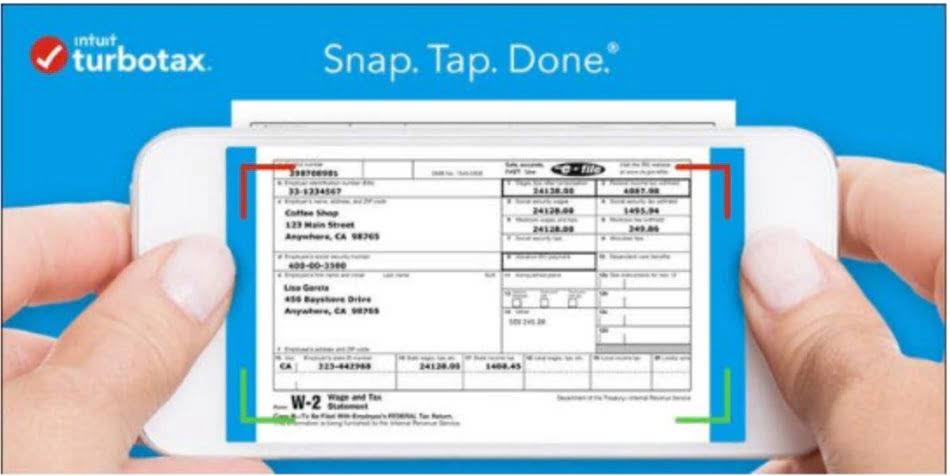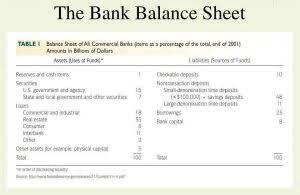
For instance, real estate might be appraised based on recent sales of comparable properties, while equipment could be valued based on its current condition and market demand. Goodwill, for example, is often valued based on the partnership’s earning potential and reputation, requiring a more subjective approach. This might involve discounted cash flow analysis or other financial models that project future earnings and discount them to present value. Valuing partnership assets is partnership accounting a nuanced task that requires a blend of financial acumen and strategic foresight. The valuation process begins with a thorough inventory of all assets, ensuring that nothing is overlooked.

Statements for partnerships
- However, every state except Louisiana has adopted one form or another of the Uniform Partnership Act, creating laws that are similar from state to state.
- As such, it covers all of the learning outcomes in Section H of the detailed Study Guide for FA2.
- That means that you only need to deal with the appropriations referred to in the question.
- The value of each entry is calculated by sharing the value of the goodwill between the new partners in the new profit or loss sharing ratio.
As a result, Drawing account increased by $500, and the Cash account of the partnership is reduced by the same account. Here is recording transactions a good (but long) video demonstrating the liquidation process and the journal entries required. Double Entry Bookkeeping is here to provide you with free online information to help you learn and understand bookkeeping and introductory accounting.
- Tax considerations are a critical aspect of partnership accounting, influencing various financial decisions and strategies.
- To allocate the $10,000 bonus that each of the old partners will contribute to the new partner, Remi, make the following calculations.
- The double entry is completed by a credit entry in the current account of the partner to whom the salary is paid.
- The process begins with dissolution, which signifies the formal decision to end the partnership.
- It does not matter whether or not a partner withdrew any amount of money from his capital account.
- Valuing partnership assets is a nuanced task that requires a blend of financial acumen and strategic foresight.
- The method of allocation can also impact the financial statements of the partnership.
Do Partnerships Pay Taxes?
The dynamics https://x.com/bookstimeinc of a partnership can change significantly with the admission or withdrawal of partners, making these processes pivotal moments in the life of a business. When a new partner is admitted, it often brings fresh capital, new skills, and additional resources to the partnership. However, this also necessitates a re-evaluation of the existing partnership agreement to accommodate the new partner’s role, responsibilities, and share of profits and losses.
Advantages and Disadvantages of Partnerships
The following journal entry will be made to record the admission of Remi as a partner in Acorn Lawn & Hardscapes. A partnership is a legal arrangement that allows two or more people to share responsibility for a business. Those partners share the ownership and profits, but they also share the work, responsibility, and potential losses. Partnerships are often seen as having more favorable tax treatment than corporations. A successful partnership can give a new business more opportunities to succeed, but a poorly-thought out one can cause mismanagement and disagreements.

Admission and Withdrawal of Partners
After that salary and interest allowances are subtracted from Net Income, and the result is Remaining Income, which is divided equally in accordance with the partnership agreement. If a partner invested an asset other than cash, an asset account is debited, and the partner’s capital account is credited for the market value of the assets. If a partner invested cash in a partnership, the Cash account of the partnership is debited, and the partner’s capital account is credited for the invested amount. Partners must be aware of the tax implications of liquidating assets and distributing proceeds.


